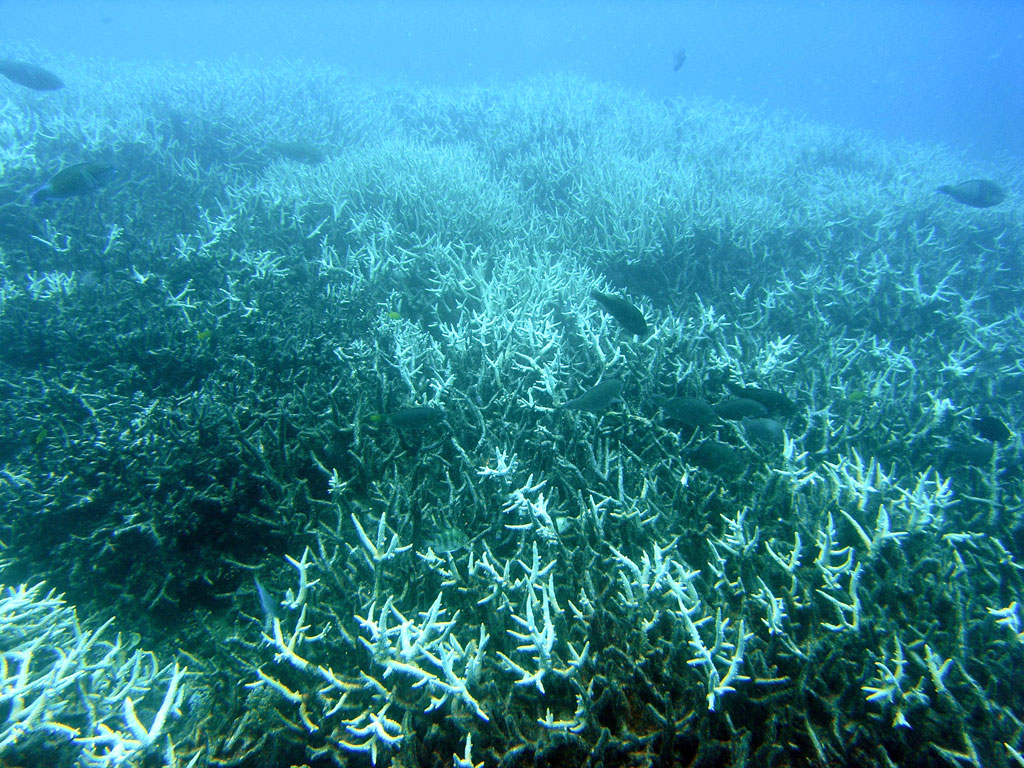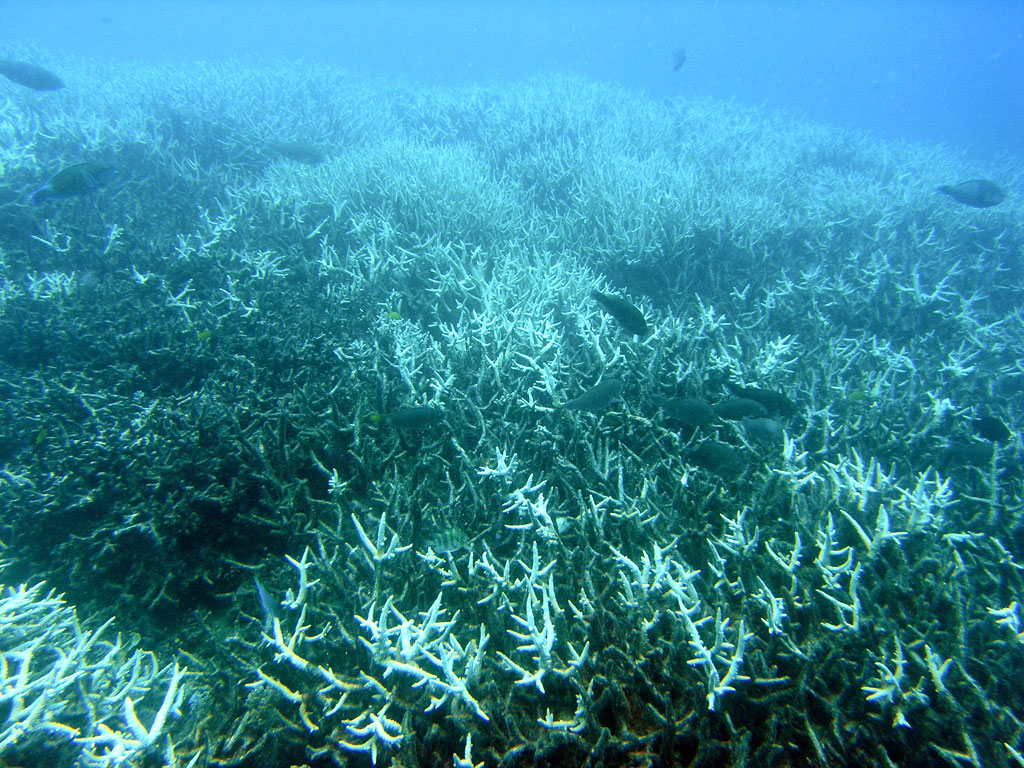In recent years, the term “reef-safe” has become a buzzword in the sunscreen industry, with brands proudly plastering it across their bottles to appeal to eco-conscious consumers. But here’s the hard truth: not all products claiming to be reef-safe are truly safe for coral reefs—and some are far from it.
This growing trend of deceptive marketing is known as bluewashing, and it’s time we dive into what it means and why it matters.

🌊 What Does “Reef-Safe” Really Mean?
The term reef-safe generally refers to sunscreens that do not contain ingredients known to harm coral reefs and marine life. The most well-known culprits are oxybenzone and octinoxate—chemical UV filters linked to coral bleaching, DNA damage in marine organisms, and disruption of marine ecosystems.
In response to these findings, places like Hawaii and Palau have banned sunscreens containing these chemicals. As a result, many companies have reformulated their products—or at least updated their labels—to remove these ingredients and market their sunscreens as reef-safe.
But here’s the catch: there is no regulation or standard definition of “reef-safe.” That means any brand can slap the label on their product, even if it still contains other harmful chemicals.
☠️ Toxic Ingredients That Still Sneak In
Some sunscreens advertised as reef-safe still contain problematic ingredients, such as:
- Avobenzone: Breaks down in sunlight and can produce reactive oxygen species that damage marine life.
- Homosalate & Octocrylene: Can accumulate in the environment and disrupt hormone function in wildlife.
- Fragrances & Preservatives: Synthetic additives can be toxic to both marine and freshwater organisms.
Just because a sunscreen doesn’t contain oxybenzone or octinoxate doesn’t mean it’s truly safe for coral reefs—or for your body.
🌀 What Is Bluewashing?
Bluewashing is a form of greenwashing that specifically targets environmental claims related to oceans, water conservation, and marine life. Brands engaging in bluewashing use sustainability-sounding language or imagery—like “reef-safe,” “ocean-friendly,” or pictures of coral reefs and turtles—to make consumers believe they’re protecting the planet, even when their products or practices are still harmful.
In short, bluewashing is eco-marketing without eco-ethics.
🧪 How to Actually Choose a Reef-Safe Sunscreen
- Look for mineral-based formulas: Choose sunscreens that use non-nano zinc oxide or non-nano titanium dioxide as active ingredients. These are physical blockers that sit on the skin and don’t easily wash off or get absorbed by marine life.
- Avoid unnecessary additives: Steer clear of sunscreens with synthetic fragrances, parabens, or other known environmental toxins.
- Read the full ingredient list: Don’t rely on the front label. The back of the bottle tells the real story.
- Check third-party resources: Websites like EWG’s Skin Deep and HEL (Haereticus Environmental Laboratory) provide databases and certifications for truly reef-safe products.
🌍 Conscious Sunscreen = Conscious Consumer
As the demand for eco-friendly products grows, so does the temptation for brands to greenwash or bluewash their image. The best defense? Education. Knowing what to look for—and what to avoid—helps you make smarter choices that protect your health and our planet’s fragile marine ecosystems.
So next time you’re browsing the sunscreen aisle, think beyond the label. Your skin, and the sea, will thank you.

